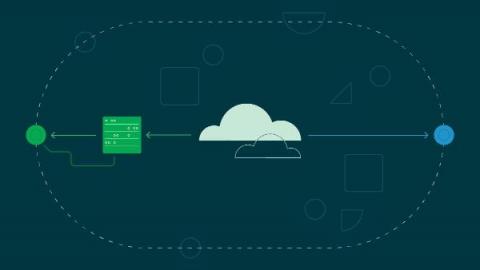Operations | Monitoring | ITSM | DevOps | Cloud
CircleCI
Announcing GitLab support on CircleCI
Today we are pleased to announce GitLab support on CircleCI. Teams using GitLab SaaS can now build, test, and deploy on CircleCI, and access CircleCI’s most popular features like Docker layer caching and automatic test-splitting. GitLab is now the third version control system we support, in addition to GitHub and Bitbucket.
Connecting your GitLab repository to CircleCI
Conditional CircleCI pipeline execution
The DevOps practice of continuous integration and continuous deployment (CI/CD) improves software delivery. CI/CD platforms monitor and automate the application development process ensuring a better application, faster. CI/CD pipelines build code, run tests, and deploy a production-ready version of an application that has passed all automated checks.
Automatically scale self-hosted runners in AWS to meet demand
Self-hosted runners allow you to host your own scalable execution environments in your private cloud or on-premises, giving you more flexibility to customize and control your CI/CD infrastructure. Teams with unique security or compute requirements can set up and start using self-hosted runners in under five minutes.
How to communicate about failure ft. CircleCI VP of Comms, Emma Webb
How testing in the cloud delivers value to development teams
Testing is an integral part of the software development process and is one of the key ways development teams can better understand how applications function. Testing also prevents changes in the codebase that can affect other parts of the code, enabling you to measure the quality of the software and eliminate any errors before users can interact with it. Most development teams use unit and integration tests assess their software.
Testing basics | Functional vs non-functional
To learn more about functional vs non-functional testing, visit: https://circleci.com/blog/functional-vs-non-functional-testing/
Automating compliance in software delivery
Software development teams face a large and growing number of obstacles: shifting design requirements, organizational blockers, tight deadlines, complicated tech stacks and software supply chains. One emerging challenge that developers and IT leaders face is the need to stay compliant with regulations and control frameworks that stipulate comprehensive data security, incident response, and monitoring and reporting requirements.
Edge computing vs cloud computing
By now, almost everyone is familiar with cloud computing in one form or another. Throughout the 2010s, the concept of cloud computing evolved within the software industry, then worked its way into everyday life as a universal household term. Somewhat less familiar is the concept of edge computing. The genesis of the “edge” dates to the first content delivery networks in the 1990s. Since then, the edge concept has primarily been the domain of network engineers.











